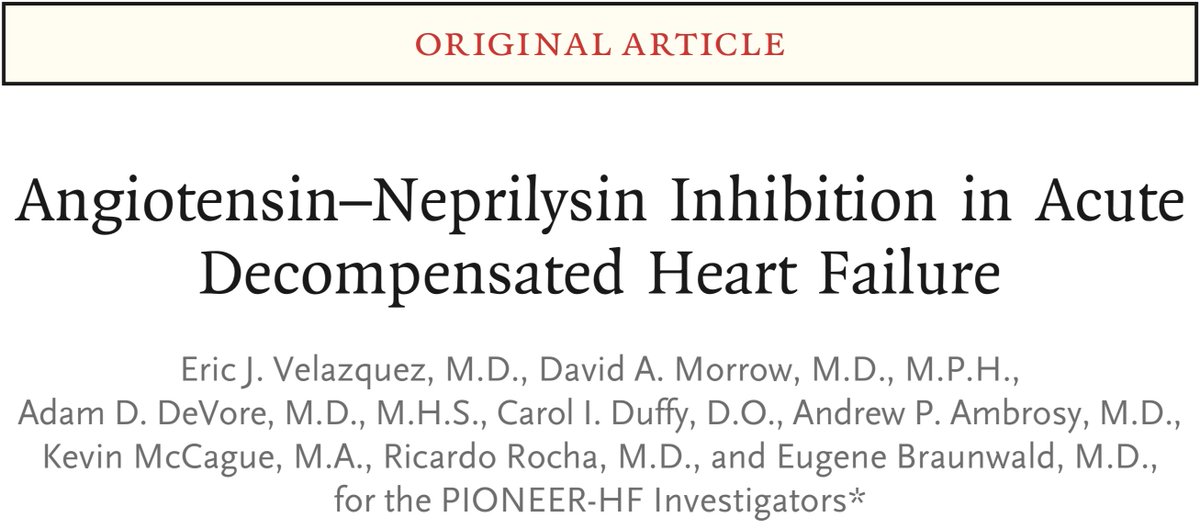I was planning a much funnier tweetorial will polls and illustrations and the like but due to competing deadlines and tons of clinical work today, this will have to do.
a "negative" trial implies that the effect size was too small to be demonstrated in the population size studied.
This is paradoxical.
1. Adjusting for multiple comparisons: demand a lower p-value when checking many subgroups
2. Pre-specifying which subgroups will be tested AND how they will be tested
That leads to a concept called the garden of forking paths...
onlinejacc.org/content/73/8/8…
How can a scan possibly help someone if it is non-diagnostic?
* scans with lots of CAC might be non-diagnostic but are still high risk
This creates a serious bias.
the rate of MI in diabetics who undergo CCTA is 0.2% (2/936). This is the row that drives the CCTA vs. stress result to be significant because in the stress arm there are 1.3% MI rate in diabetics (13/972).
Diabetics: 0.2% (2/936)
Non-diabetics: 0.7% (24/3564)
Turns out that CCTA cures the excess MI risk of DM!!!!
Doing this with a proper Cox model would be better (and just might lead to P<0.05 but most likely not).
1. No ITT
2. Not prespecified
3. Small numbers of events
4. Effect size is implausibly large (I didn't cover this but was discussed post SCOT-HEART).
5. Hints that functional test pts weren't tx w/ statins as aggressively, even if abnormal. (another day)
Was this helpful?






